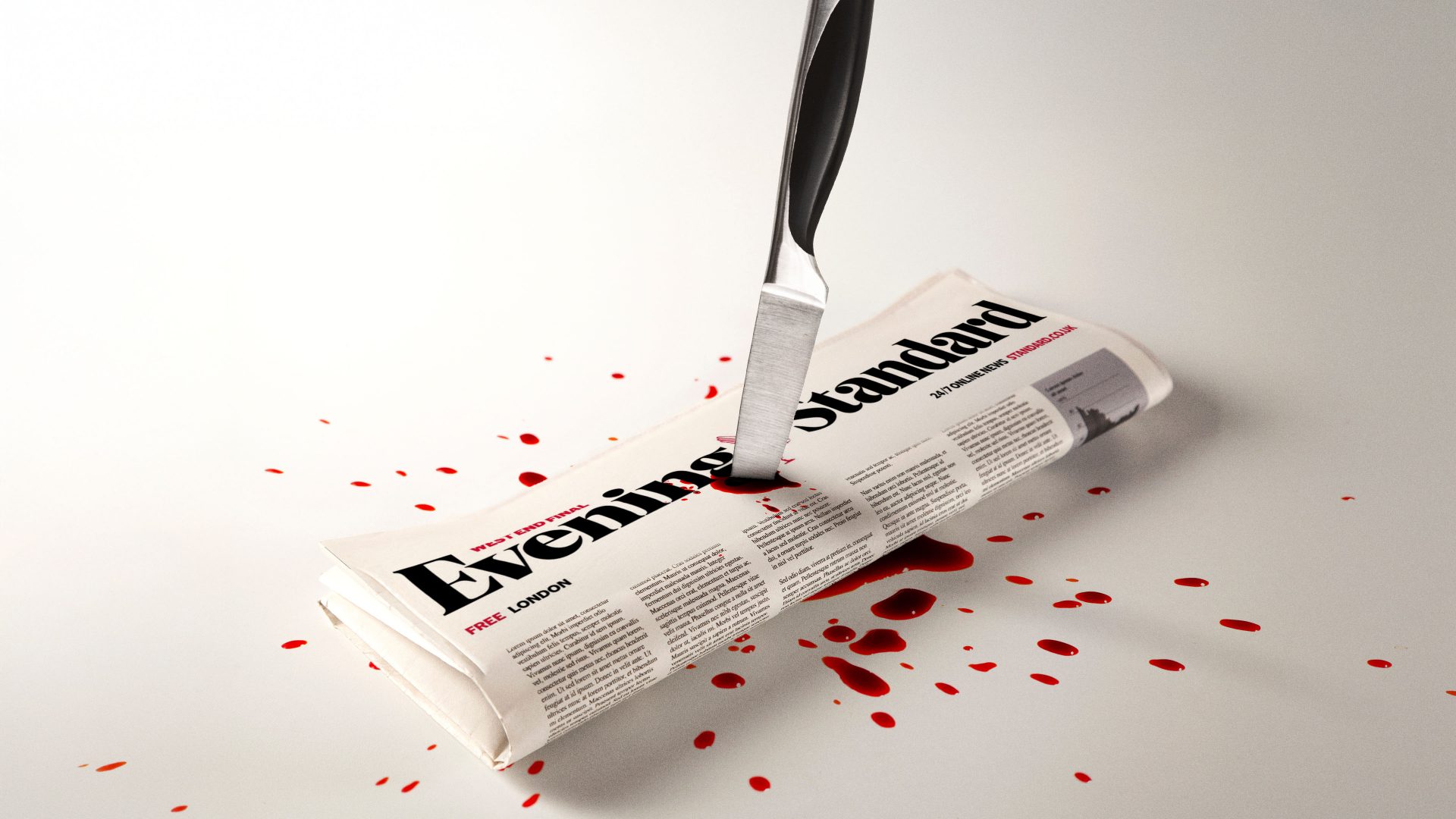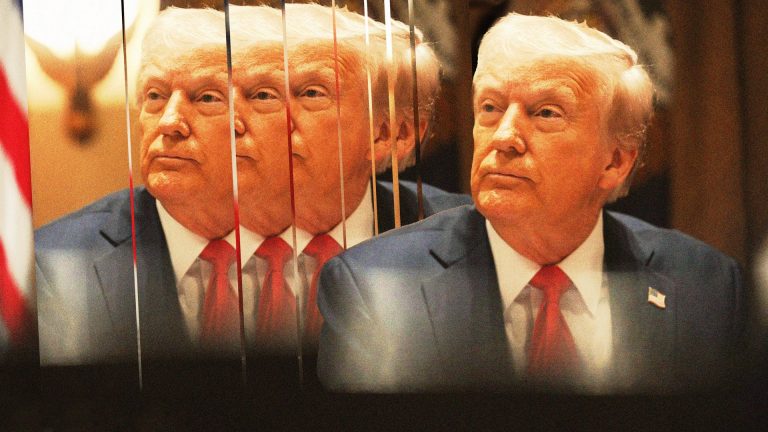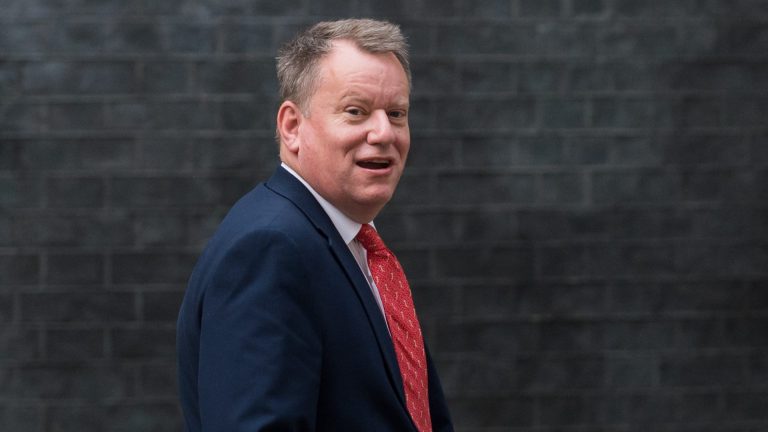Until a few weeks ago, the Evening Standard – as it was then – still employed a few dozen newspaper distributors, men whose job it was to thrust the newspaper into your hands as you hustled yourself into a tube station in central London.
The 30-or-so men were a key part of making sure the Standard still reached the hand of at least some Londoners, but they are no more: it was decreed that there was no room for them any longer in the new world, in which the newly renamed London Standard is now a weekly magazine. Potential readers would instead have to seek out the Standard in newspaper bins now shared with City AM, in far fewer stations.
Realising perhaps a little too late that this would make for poor launch-day visuals, the surplus-to-requirement newspapermen were replaced for the London Standard launch day with a group of young women, kitted out in branded merchandise, crowding around the proprietor, Evgeny Lebedev, and his celebrity pal (and pub co-owner) Sir Ian McKellen to hand out papers – at the Outernet, an arts and culture centre on Charing Cross Road that touts itself as a “landmark”. As far as I’m aware, no one who lives in London has ever visited.
This was just one inauspicious detail among a relaunch that has been full of problems. The Evening Standard has lost £100m over seven years, missed its opportunity to capture a serious digital audience as 4G and 5G rolled out on the tube, and went into a sad decline. Many people who worked there saw it as inevitable.
But the transition from London’s last daily newspaper to its new weekly incarnation has been so chaotic, carried out with such huge insensitivity towards the current team, and has resulted in a product that is so poor that grief has turned to anger – much of which is now directed at Dylan Jones, the big-name former GQ editor brought in to lead the Standard in 2023.
“Going into this, everyone was angry at Evgeny and basically indifferent to Dylan,” said one departed Standard staffer. “That had very much changed by the end.”
Jones had undoubtedly been dealt a tricky hand when he took the editorship: the Standard had struggled to recover its readership numbers post-Covid, not least because of hybrid working. The Standard launched a months-long campaign against working from home, a push that was almost entirely out of touch with its readers, but aligned entirely with its own commercial interests.
His bid to turn around the Standard’s fortunes was too little, too late. An overhaul of the website failed to deliver the promised uptick in audience, while splashy (and expensive) big-name signings failed and fizzled out. The Standard splashed on the big-name signing of Michael Wolff (an old mate of Jones’s), “the foremost political journalist in America”, last September – but his final piece for the newspaper was written less than four months later.
Something was obviously going to have to give, and in July the announcement came that the daily newspaper was to be “phased out” and replaced with a weekly edition, with huge job cuts to accompany the change. Half of the editorial staff would have to depart, and many of those who remained would have to reapply for their jobs – or jobs that closely resembled what they were already doing, but for somewhat lower salaries.
There is lingering resentment among both current and former staffers about how this months-long process was handled. It was repeatedly made clear to the team that redundancy payouts would be the legal minimum. Any unused holidays would not be paid for, so had to be used before departure. Roles were advertised internally only to be abruptly withdrawn, or handed to someone else without any formal procedure.
Morale was always going to be tested during a period of large-scale redundancies, but several staff members noted that the process “could not have been made more insulting if they were trying”.
The final straw for several was when Jones – who had been all but invisible in the office for weeks – did a publicity tour for his book, during which he wrote in the New Statesman about how difficult it was to part ways with so many colleagues.
This was, in fact, the first those colleagues had heard from their editor about any redundancies – he had otherwise not spoken to the newsroom in person, by phone, or by email. A desultory short note was sent out a few days later, once it had been drawn to Jones’s attention, but the damage was done: Jones is customarily referred to by several of his former colleagues by a four-letter epithet that rhymes with the surname of the most recent Conservative chancellor.
Terrible as it was for those affected, much of this could have been brushed aside as the inevitable pain of transition if the new London Standard looked set for success. The early signs, though, are not promising.
Much of the preparation for the new weekly edition was done by the team who had previously produced the Evening Standard’s well-regarded weekly magazine, which was – the clue is in the name – in magazine format, and printed on glossy paper.
Given thatthe London Standard was supposed to last for a week, and be outside on newsstands for days, this seemed to be the logical choice, especially given the lifestyle- and culture-led format of the new publication, which contains almost no news whatsoever. Many if not most staffers had assumed this was the plan for the new publication, but this was not the case: the London Standard might have magazine-like sensibilities, but it is printed on newspaper.
The early content is, if anything, even less promising. The launch issue of the London Standard featured an AI-generated cover image of an unconvincing Keir Starmer, who had been interviewed by the paper – though he had not been asked any questions about London.
Issue two’s cover story featured an interview with Finneas, the little brother of Billie Eilish, under the headline “coming out of my sister’s shadow”. The accompanying photo showed him… standing behind his more famous sister, and was itself reused from a two-year-old Billboard photoshoot.
Issue three at least featured a London-centric issue: London Frieze Week, with alternative covers showing various cultural figures with a generic image filter. Frieze Week, the paper boasted, is “one of the most important pillars of cultural London”, before concluding “if Frieze doesn’t touch you this week… are you even a Londoner?”
The coverage was clearly a huge PR coup for the Frieze Week campaign, which is “spearheaded by a collective of leaders across London’s visual arts and creative industries”, including none other than… Dylan Jones.
Other early editorial decisions by the London Standard seem almost designed to insult the newspaper’s remaining and recently departed staff. Those still grousing over the meagreness of redundancy payments are hearing that the paper is – by its standards – “chucking money” at one-off columnists, including Robert Peston for the launch issue and Nick Grimshaw shortly afterwards.
Issue two of a free newspaper aimed at a broad swathe of liberal London featured an extended essay from the right wing firebrand Jordan Peterson, in which he berated London’s Jews for being too liberal.
In its “Brave New World” section, meanwhile, the Standard ran a large and celebratory pullquote: “White-collar jobs are going to be rendered obsolete… and that’s awesome” (emphasis original).
As these somewhat goading quotes ran, former staffers were surprised to see their own stories appearing alongside them. One laid-off Standard hack was tipped off by someone still there that something they had written would run in the next issue, having had no chance to see it on the page, or approve the final copy.
This was better than the experience of another colleague, who opened the London Standard to find a feature he had written months earlier splashed across a spread of the newspaper – with someone else’s name on it.
The consensus across the industry is that the product is not transcending the difficult circumstances of its birth. “It looks like a paper put together by people who don’t care any more,” said one designer. “Dylan must know it’s bad,” said another veteran. “Why is he letting this out of the door?”
Another media executive noted that he would have some sympathy with Jones if he thought he was doing the Standard job for the money, but given that is not believed to be the case, found the whole thing baffling and borderline insulting.
The London Standard seems set to be a footnote in the history of a respected and storied newspaper, a short-lived experiment before either a bargain-basement sale or else the end of the title altogether.
The coup de grâce of the newspaper seems to have come from an unexpected source, though: its proprietor, Lebedev. Over the last four months, there has been one rule that has been paramount in the offices of the Standard, made clear to absolutely all staff, however junior: the newspaper is not closing. The Standard, it was emphasised, was changing format to weekly. It was not, in any sense, closing down.
Tired and frustrated staff stuck to this party line. Even disaffected former staff would automatically correct any suggestion that the newspaper was closing. And then Lebedev saw a tweet by former Guardian media editor Jim Waterson, who has recently launched his own independent publication, London Centric.
Waterson had tweeted an article on “what happened when I asked Lord Lebedev who funds the London Standard”, to which Lebedev felt compelled to respond, “If someone was trying to increase their influence they wouldn’t be closing a newspaper now would they, @jimwaterson. Duh.”, before going on to suggest that Waterson was a “prick”.
Lebedev had, for many of his own remaining staff, just said the quiet part out loud: despite forcing them for months to deny that the Standard had closed, even its owner was thinking of the newspaper in the past tense. A rallying cry it was not.
Both Lebedev as proprietor and Jones as editor faced an uphill struggle to make the Standard work – the industry conditions were obviously against it, despite the obvious potential for a publication about a wealthy city of eight million people to thrive.
But its “don’t-call-it-a-closure” relaunch seems to have burned goodwill among staff and contributors at an unimaginable rate, its distribution seems to put it in front of almost no one, and it seems aimed at a target audience that exists only in Jones’s imagination. The London Standard doesn’t look like the future of the Evening Standard. It doesn’t look like the future of anything. Instead, it resembles little more than the cruel and unusual death of a vaunted journalistic institution.










